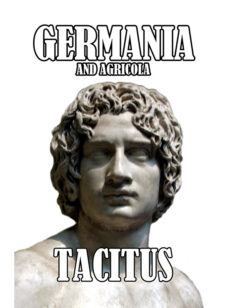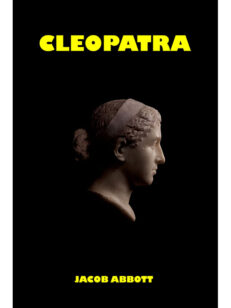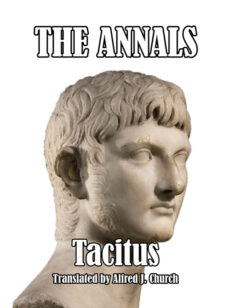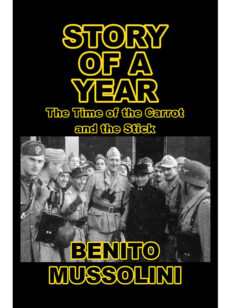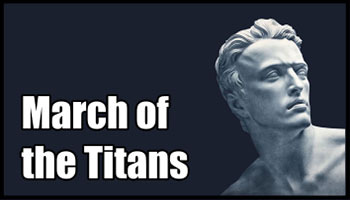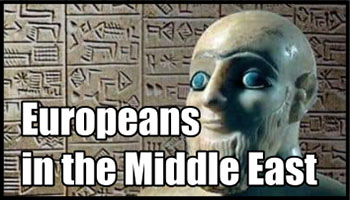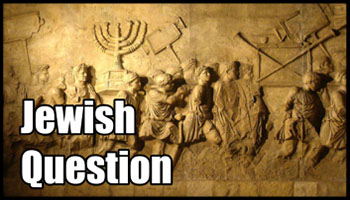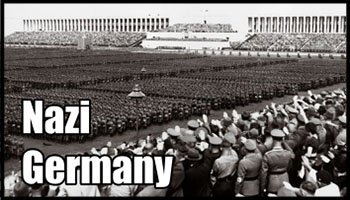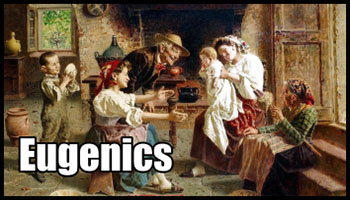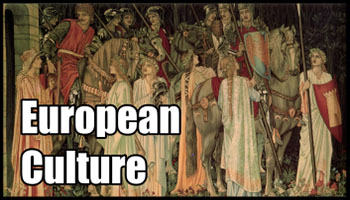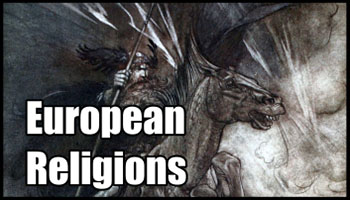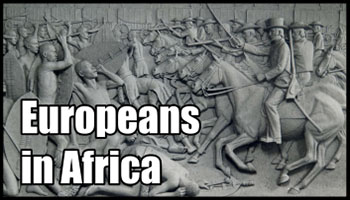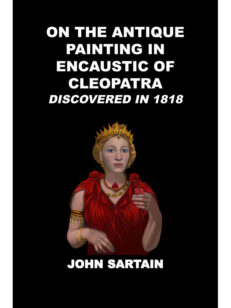Description
By John Sartain. What did Cleopatra really look like? On the front cover is a replica of the original painting of Cleopatra, commissioned by Octavian Augustus on August 12, 30 B.C. Furious at her suicide, which deprived him of his plans to make her take part in the Roman tradition of parading prisoners in chains through the streets of Rome, Octavian ordered the artist Timomachus (who had earlier painted Cleopatra for Mark Antony) to create a new portrait of the Queen at the moment of her death.
The finished portrait, in the encaustic technique, was mounted on a cart that was drawn slowly along the route of the victory parade. It caused a sensation and was viewed by thousands.
Later, Octavian had it placed in the Temple of Venus as an offering where it was kept on public display for many years. Many years later, the Emperor Hadrian acquired it for his extensive art collection that was housed at his villa in Tivoli, outside of Rome.
The painting, at some time after Hadrian’s death, was place in a wooden crate and hidden in a cellar at Hadrian’s Villa. It lay hidden and forgotten until 1818 when it was rediscovered in a lot of scrap lumber. The painting, broken into 14 pieces, was painstakingly reassembled and copied. The image alongside was created by 3D computer modeling techniques combined with digital illustration, and is based on the Greco-Roman sculptures of Cleopatra, antique engravings of Octavian’s Portrait of Cleopatra, and detailed eye-witness descriptions from writers, artists and reporters who viewed the painting when it toured Europe in the 19th century.
This remarkable book tells the story of the painting and its history in full.
70 pages. Paperback.



